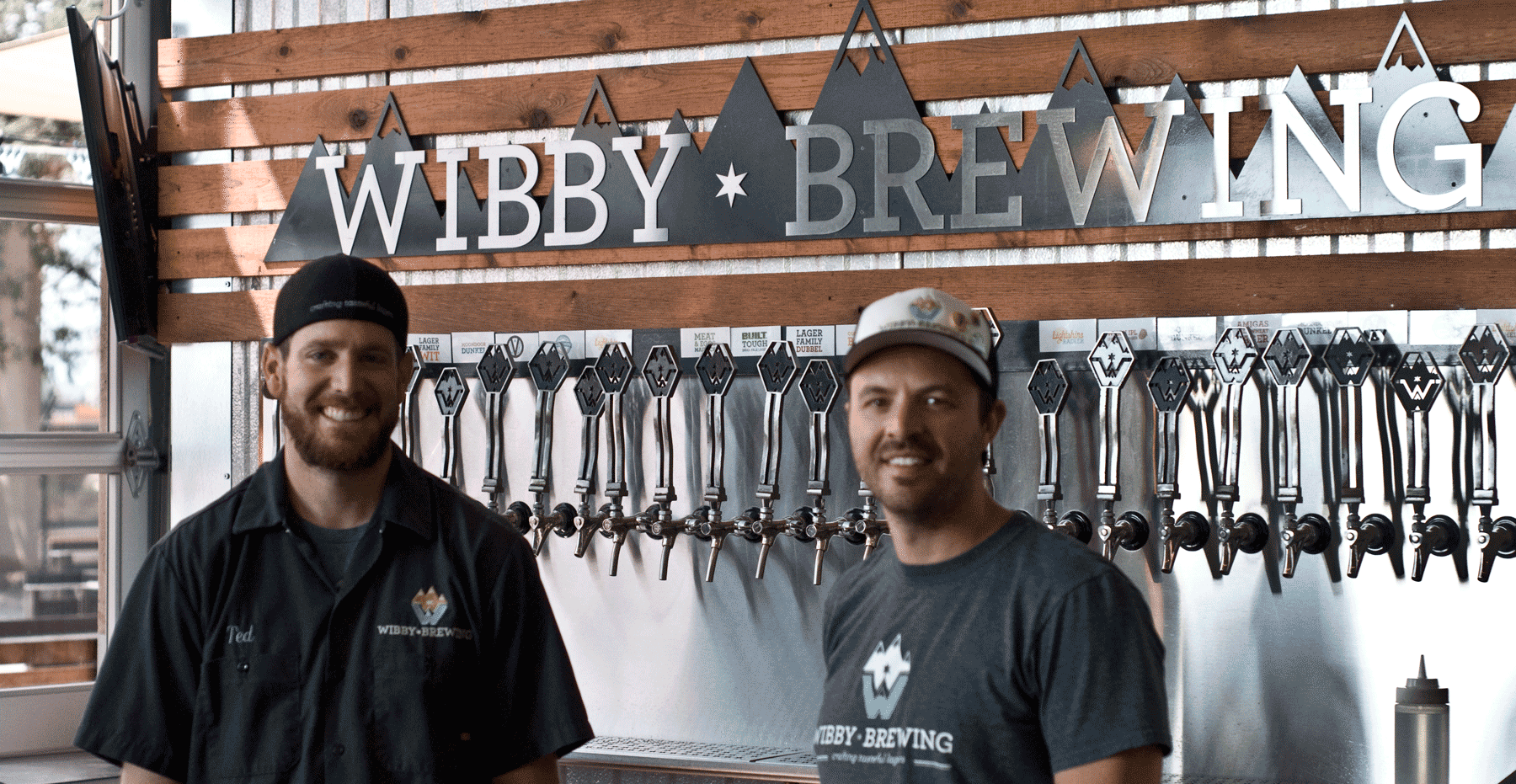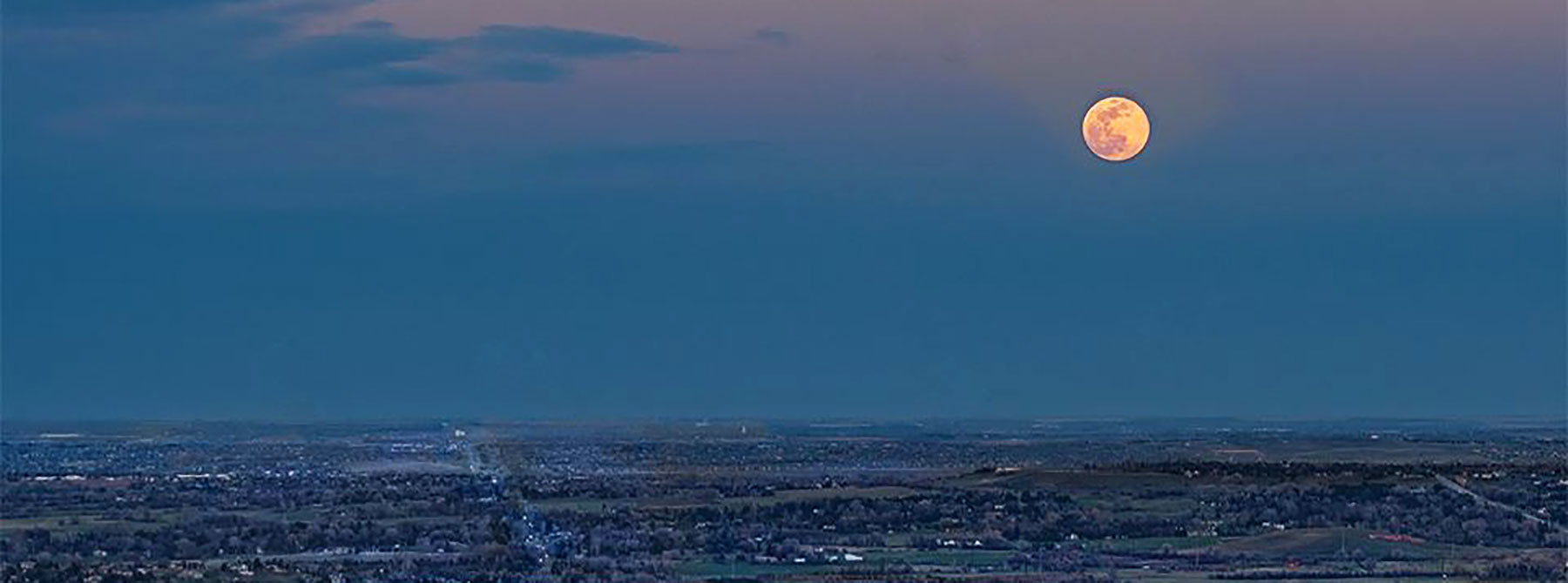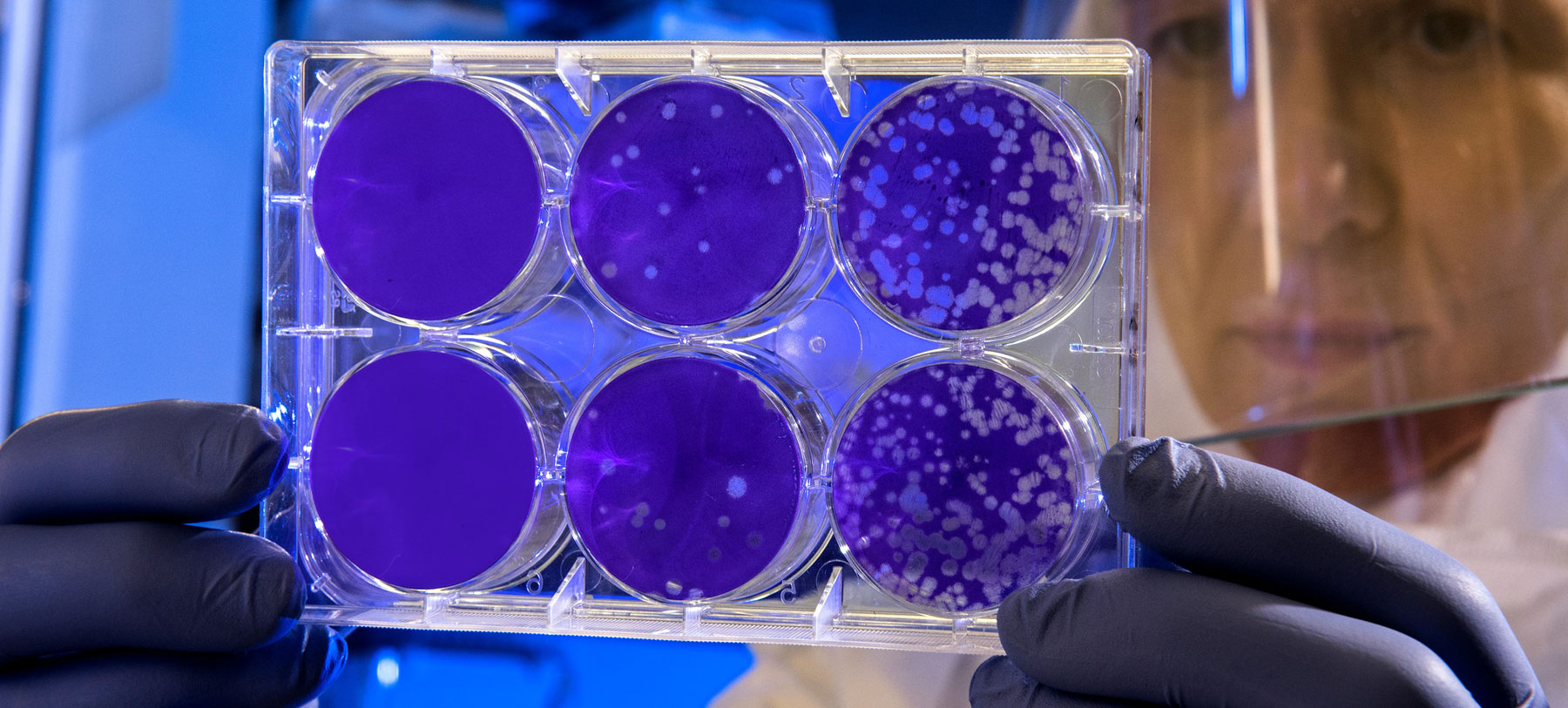“The world doesn’t need another pale ale,” says Ryan Wibby, co-founder of Wibby Brewing, a craft lager-exclusive brewer based in Longmont.
After opening its doors in 2015, Wibby wants to prove that lagers can offer the entire gamut of flavors any ale can, despite the increased difficulty.
A lager-only brewery doesn’t face much competition in today’s full-bodied ale-soaked brew scene.
Start to finish, brewing a lager takes about twenty-eight days. Ales take half that time. Both ales and lagers brew and then enter a two week fermentation process. Lagers then enjoy a bonus two to three weeks “conditioning” period. The big differentiation is lagers ferment and condition while chilled, adding a whole other variable to the process.
“Good, clean lagers require a lot of capital,” says Ryan.
Lagers are brewed cold from start to finish. The brewery’s eight fermenting tanks are glycol-lined to ensure a cold brewing process and the eight horizontal lagering tanks sit in a large, refrigerated warehouse.
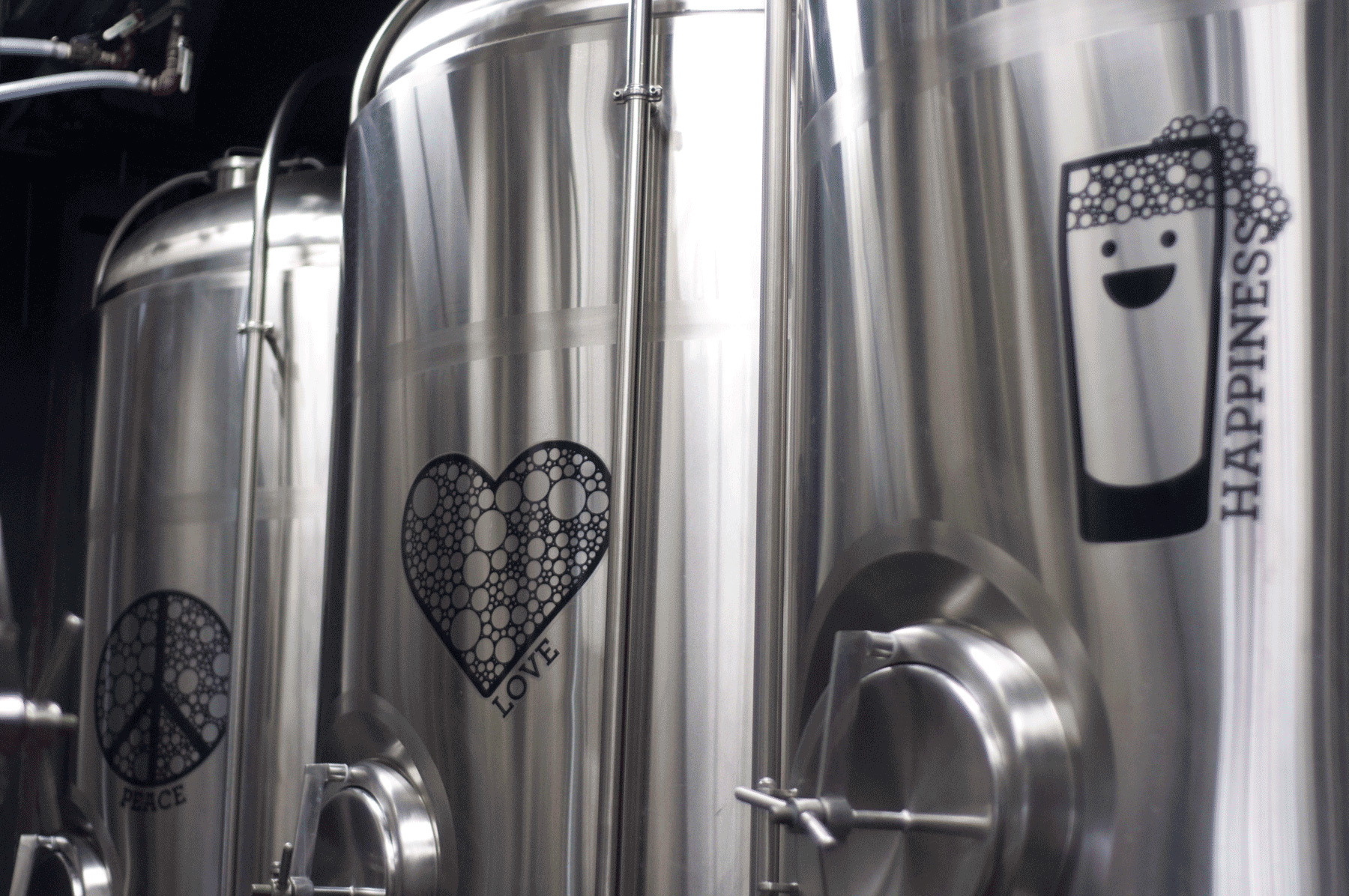
Brewer by trade, chemist by heart
Ryan, a Boulder native, brings a scientific approach to brewing. After all, that’s what it takes to brew good lagers. His father was chemist and Ryan studied chemistry at Ithaca College, with hopes of joining the family trade post-grad.
But a professor at the upstate New York school introduced him to homebrewing and Ryan, like almost every modern brewer, was hooked.
A few years later, he found himself as a second-shift brewer at Ithaca Beer Company. Late and lonely nights allowed him to learn the craft without someone over his shoulder. He developed a style — and his own scientific method.
Ryan enrolled in a Certified Brewmasters course at the honorary VLC-Berlin. This school is geared towards big brewers, teaching technology and engineering-based brewing. After all, German brewing is notoriously disciplined — the Reinheitsgebot, a purity law limiting the production of beer to four ingredients (water, barley, hops and yeast), has ruled the land for over 500 years.
In Germany, Ryan realized he loved drinking and brewing lager. What he also realized was an opportunity to brew lagers using traditional German techniques mixed with American ingenuity (or renegade rule-breaking according to a German brewer).
Wibby’s Lightshine Helles won Grand Gold at the 2018 Frankfurt International Beer Trophy — how about that American ingenuity.
Not another flash in the pan
The taproom and brewery is located in part of the old Butterball Turkey plant, in the revamping South Main neighborhood of Longmont. The airy and bright feel of the taproom, accented with cut steel, pairs well with a cold and crisp lager.
Ryan founded Wibby with his college buddy, Ted Risk. Ted is a familiar face and sales master. The brewery handles its own distribution and seems to do it well; they just entered the Denver markets and are even pouring beer in DIA.
The brewer is projecting 4,800 barrels in 2018, a 77 percent production jump from last year (2,700 barrels in 2017).
This growth is just the beginning. Ryan and Ted have a lofty twenty-year plan: 100,000 barrels. Their current facility has the space for it. They want to be a regional, if not national, brewer.
As part of its growth strategy, Wibby aims to foster tight relationships with its retailers: one advantage of self-distribution. However, that gets much more difficult at scale.
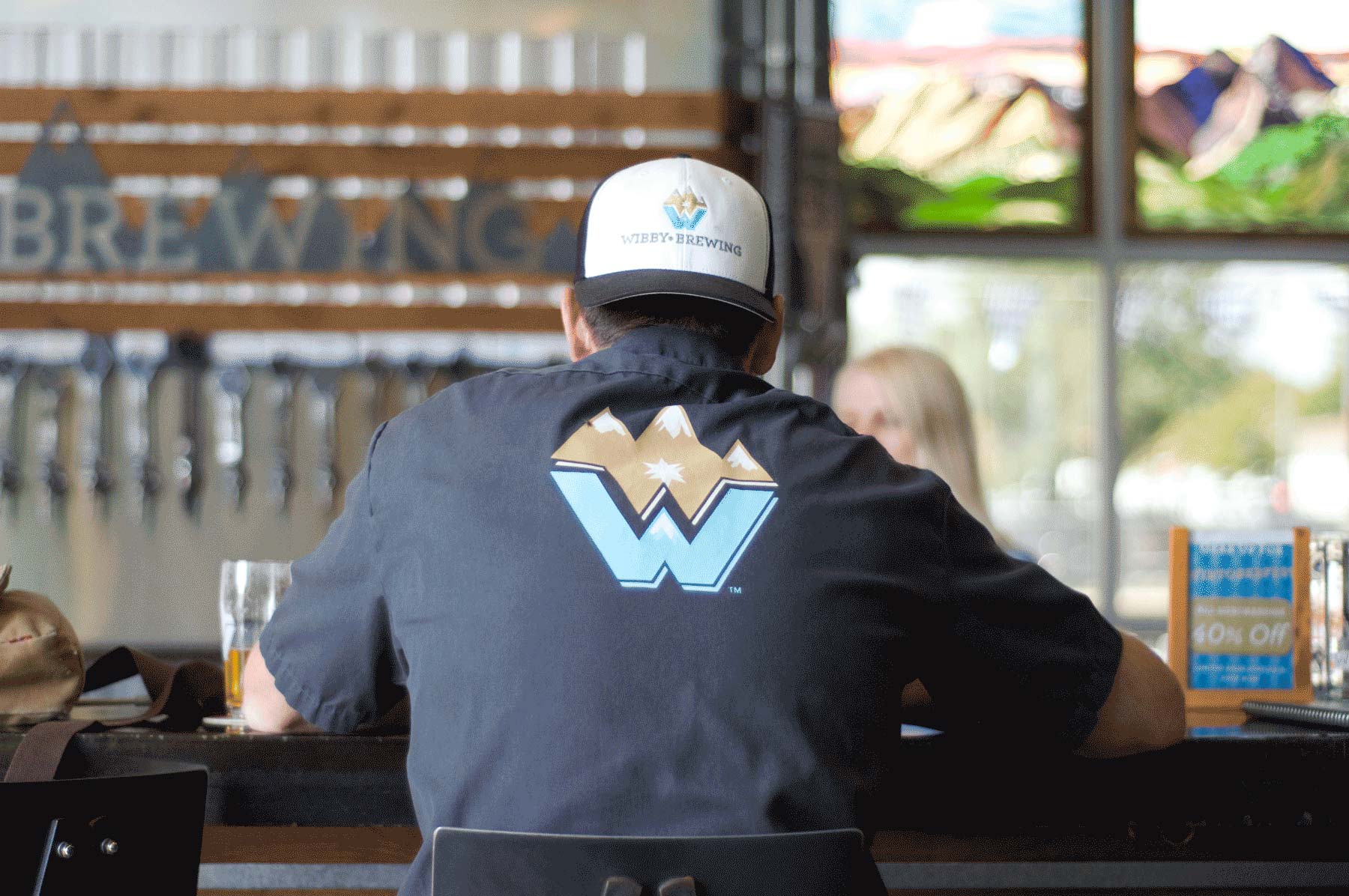
A winning recipe
The competition is starting to come out of the woodworks, and in no shy manner. Brewers large and small, domestic and international, have called Ryan, straight-up asking for his Lightshine Helles recipe.
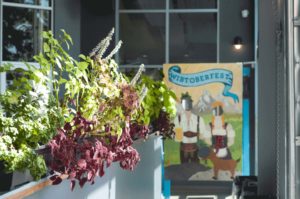
“We have a product that’s pretty unique on the market. [Brewing] used to be a brotherhood, but now everyone is feeling the pinch,” he says. With over 6,000 craft brewers across the nation and 348 in Colorado, according to Brewers Association numbers, the local craft beer industry is facing intense competition heat.
While it is an honor for a large European producer to call Ryan, taking him back to his days in Berlin, it’s a reminder that the space Wibby enjoys in the market won’t last long, so he better put his foot on the gas.

